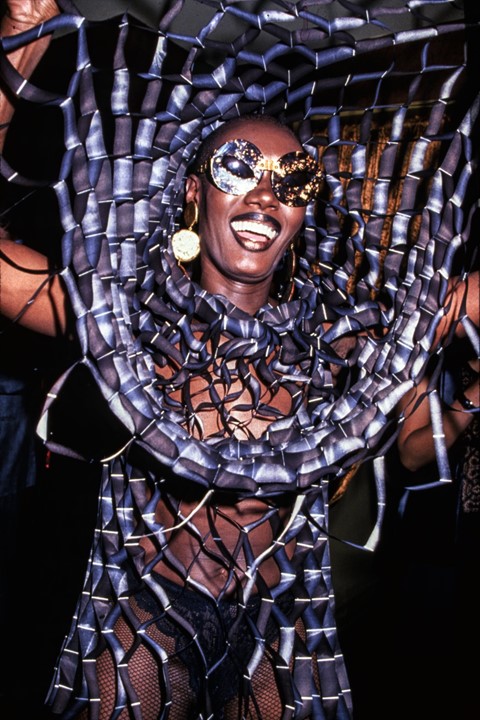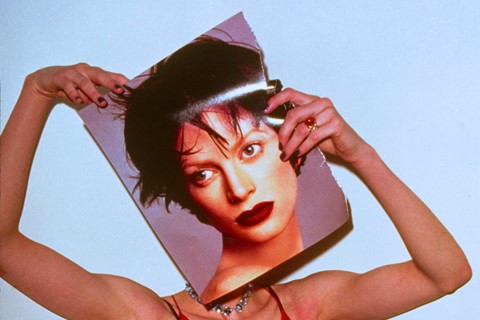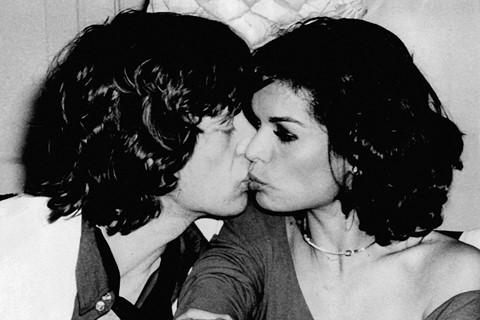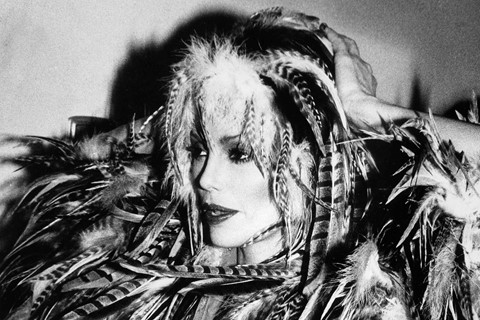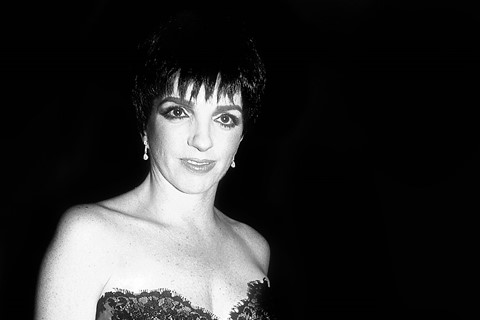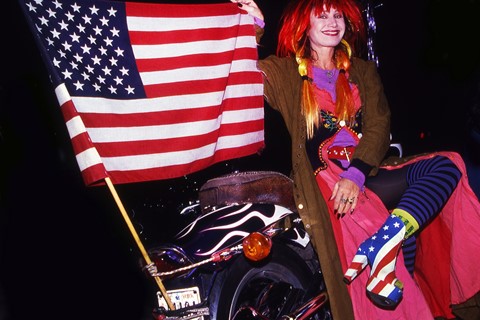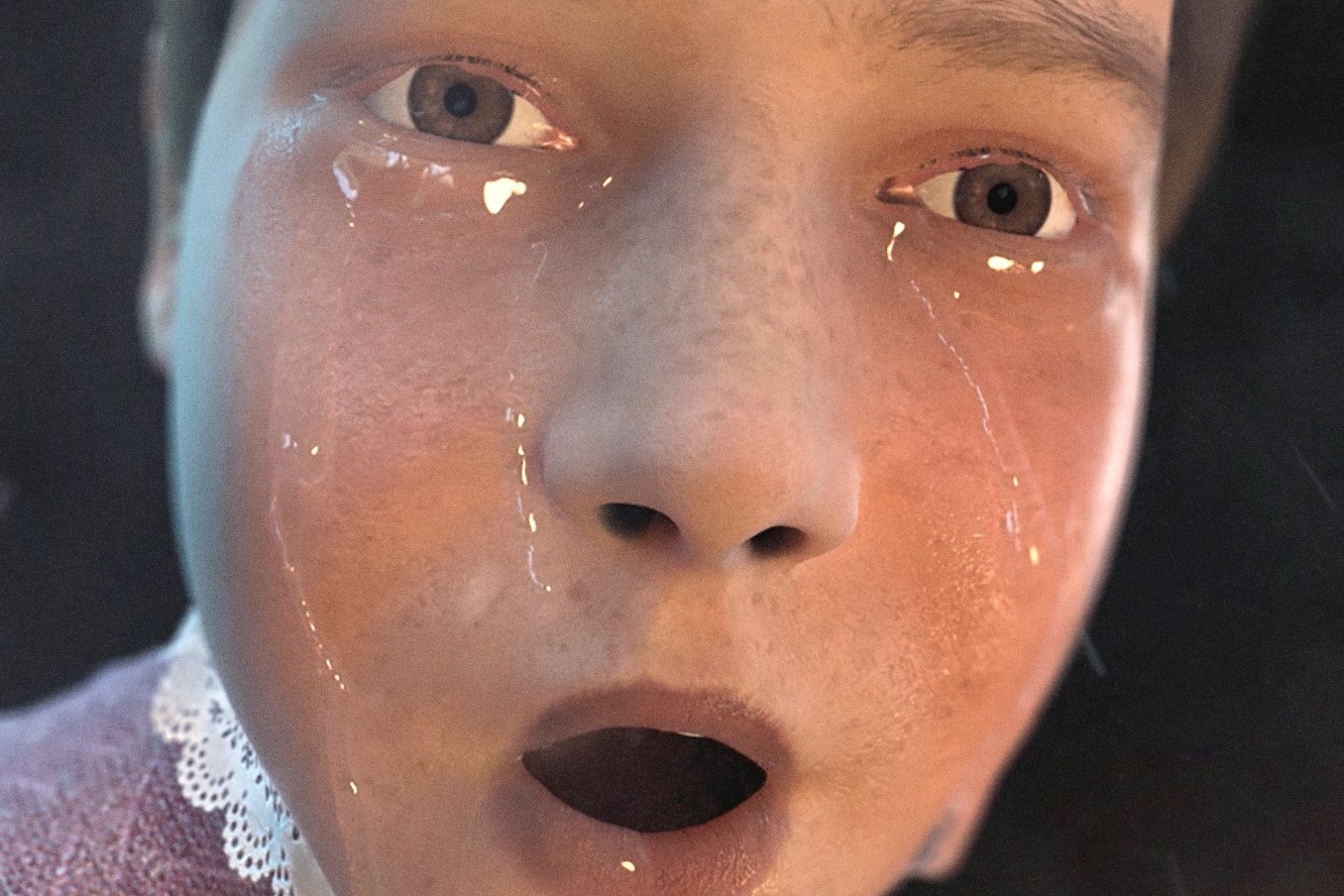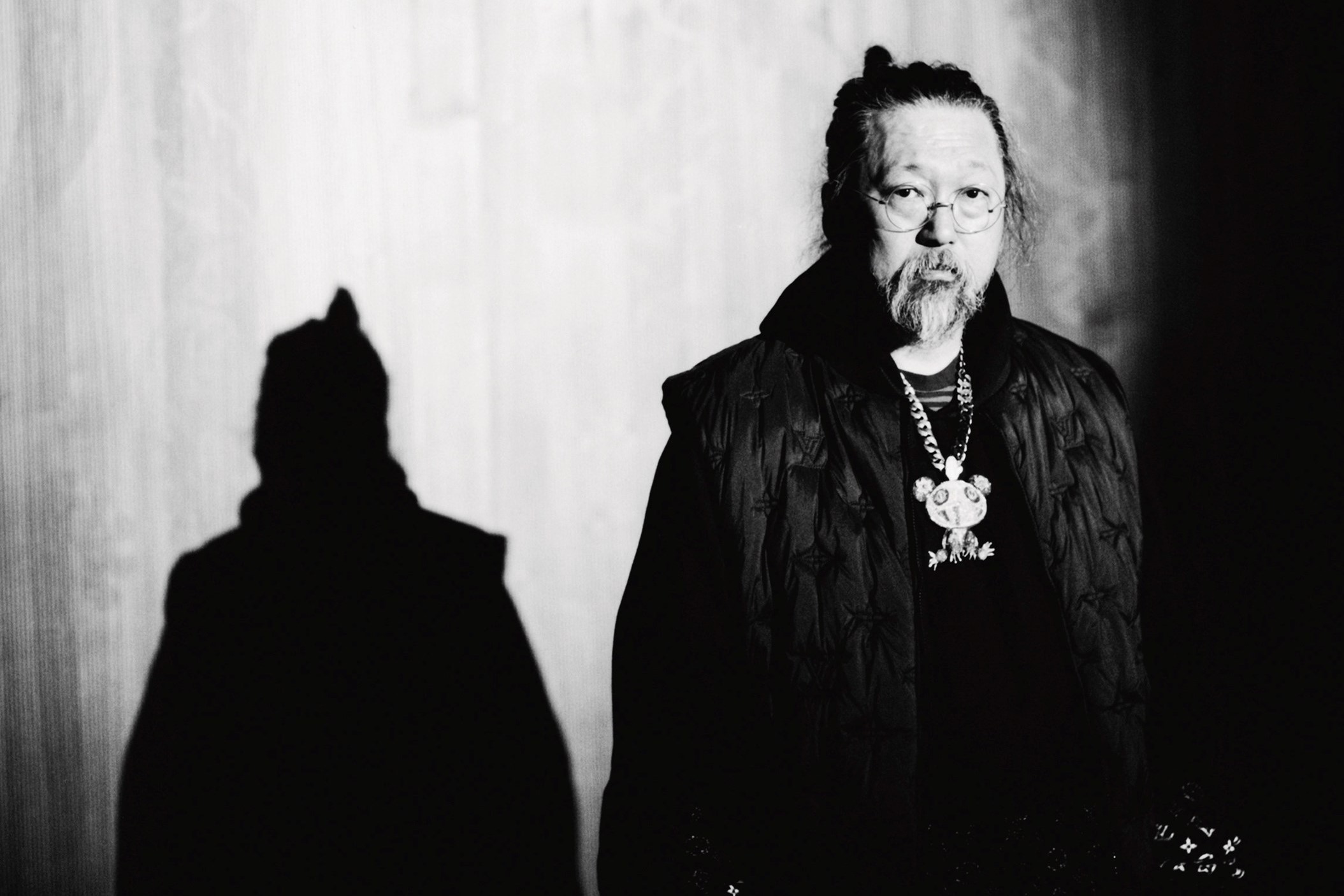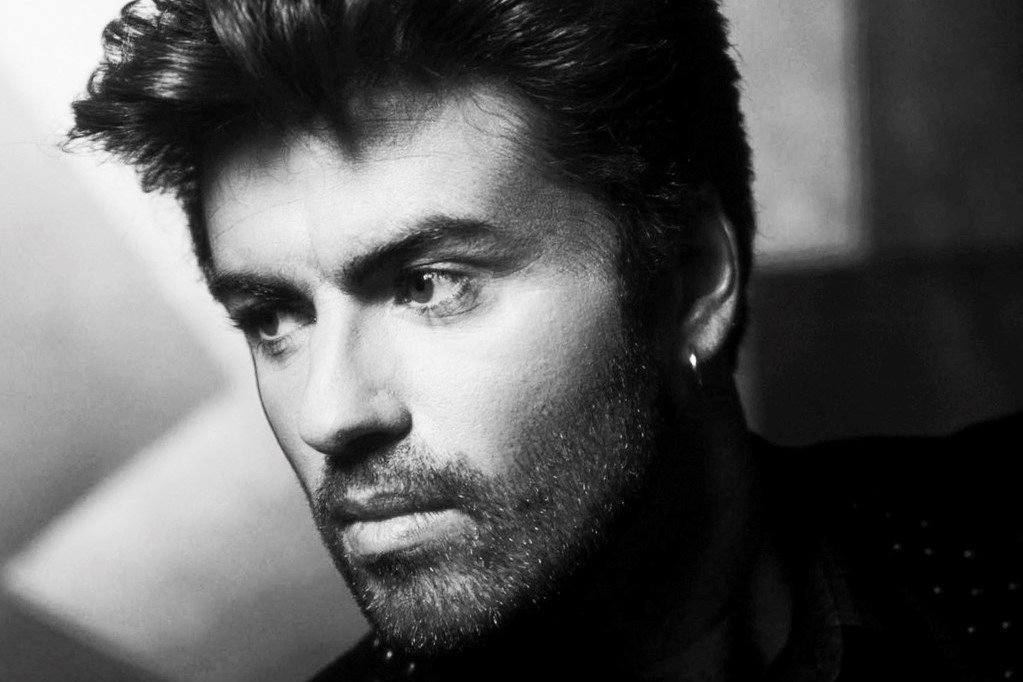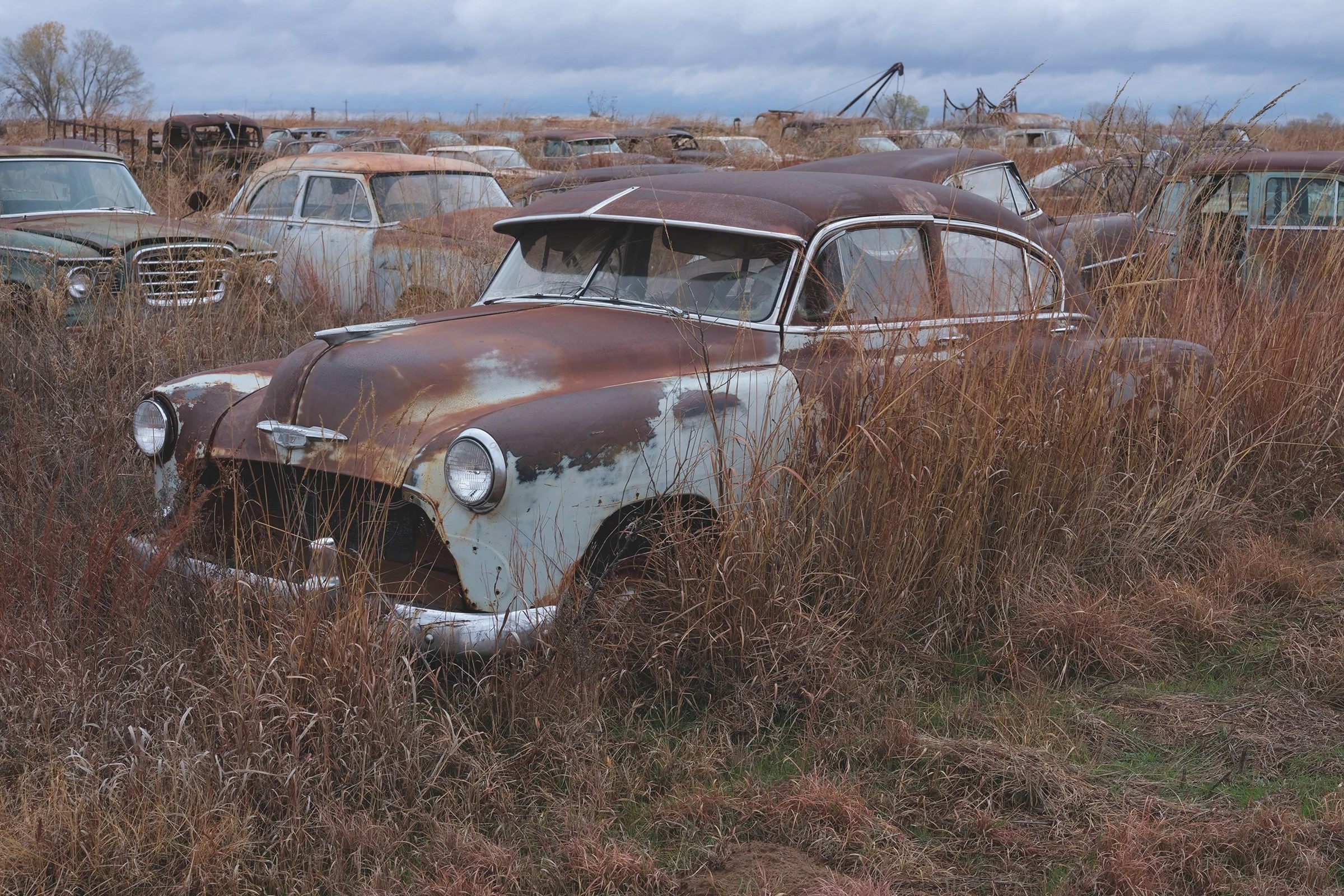The acclaimed US photographer talks capturing Grace Jones, Basquiat and Andy Warhol out on the town, and her current exhibition at TW Fine Art in Palm Beach
American photographer Rose Hartman was working as a high school English teacher in Manhattan when she decided she wanted a career change. “A friend of mine said, ‘What do you really want to do?’ and I said, ‘I would like to capture people’ – just as simple as that.” She attended some photography workshops, spent hours visiting museums and photography exhibitions to study the work of “[Henri Cartier] Bresson, William Klein et cetera”, and then secured her first commission: to photograph the wedding of Joan Hemingway, granddaughter of Ernest Hemingway, and restaurateur Jean DeNoyer. “I thought, ‘What a wonderful way to live – to meet all these people from all over the world and capture them at their best,’” she says, speaking over the phone from New York. “I never looked back!”
This is no overstatement: Hartman’s portfolio contains some of the most vibrant and evocative depictions of New York nightlife, and the city’s many mesmerising fashion events, from the 1970s onwards. A selection of these are currently on display at TW Fine Art in Palm Beach, in a show titled Rose Hartman: Femme Fatale.
Hartman’s photographs are defined by a sense of immediacy and intimacy, and her perfect encapsulation of her subjects’ personality and style. Mick and Bianca Jagger, sporting remarkably similar hairstyles, share a covert kiss; Grace Jones dazzles in a gold eye mask and a fabulous webbed Thierry Mugler creation; an immaculate Jerry Hall adjusts her leotard on the dancefloor. “I always remember Diana Vreeland’s comment, ‘Style is the way you go to sleep at night and wake up in the morning’”, Hartman notes. “My subjects would have to have style – not a typical kind of beauty, just an original [one]! It’s the way that people carry themselves.”
And Hartman had the opportunity to see style in abundance: at legendary nightclub Studio 54, where the doormen had instructions to always let her in (“I hate to wait,” she chuckles); at the endless celebrity parties she’d be invited to (“I’d receive the invitations via fax every morning, thanks to my connections with various publicists”); at fashion shows, drag clubs and on the New York streets. She always wore black so as not to stand out, she tells me, would get up close to get her shot – she would rarely take more than one or two pictures at any given time, an affirmation of her instinct for timing and composition – and then walk away.
Hartman’s stories are as brilliant as you’d imagine. “Grace Jones was always late,” she laughs. “Everyone was always waiting for her.” Basquiat “was basically a child, maybe 20 years old at most” when she shot him at a gallery in Soho, she says. “He was almost unknown at that point, with no money, but he already had a very interesting style.” The late, great André Leon Talley was “amazing – his comments about anybody would be over the top brilliant.” At events, Andy Warhol “would often carry around copies of Interview” to sell, and Kate Moss is “beyond extraordinary” to photograph.
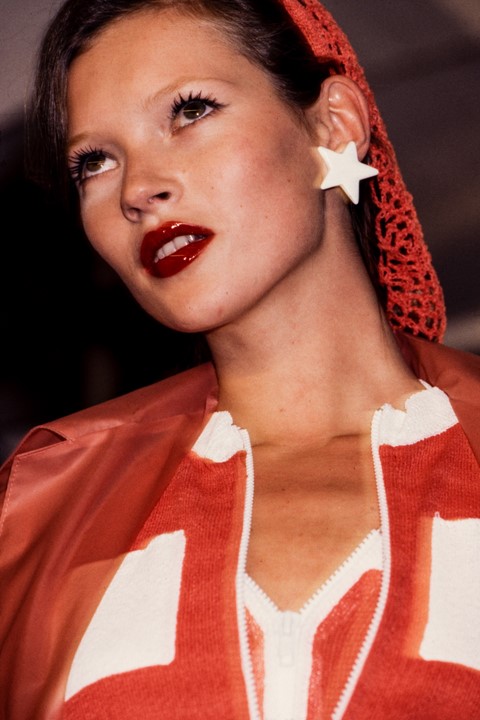
Studio 54, meanwhile, was “like being an addict without taking drugs,” she recalls. “The music was pulsating, you could barely hear yourself talk. You were transported to a universe of sound, and you’d just look. It was really a voyeur’s situation.” It sounds amazing, I tell her, I wish I’d been there. To which the now 84-year-old replies cheerfully, “Everyone says that. Too late! Everything’s controlled now, and as soon as something is controlled you’re no longer able to get the images that I was” – which, of course, makes them all the more special.
Rose Hartman: Femme Fatale is at TW Fine Art until 12 February 2022.
